Big Bear in the San Bernardino Mountains has year-round outdoor attractions, including skiing, hiking, boating, and fishing. Yet long before the resorts, the area was called Yuhaviat, or “Pine Place” by the original inhabitants, the San Manuel Band of Serrano Mission Indians, with their sacred site of snow quartz called the Eye of God.
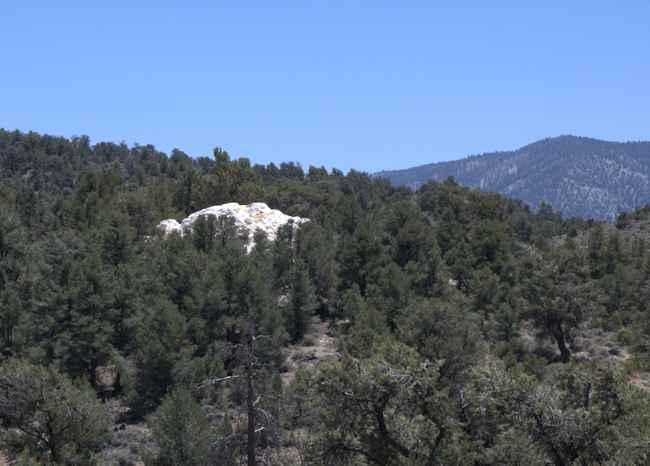

Life Under the Pines
Big Bear Lake and mountain resorts attract year-round visitors from Southern California and beyond because of the unique high-elevation pine-forested slopes of the San Bernardino National Forest and the cooler four-season climate. Despite the ongoing drought that has limited snowfall on the ski resorts, caused wildfires like the Lake Fire at Angelus Oaks, and reduced water levels in the lake, people just keep coming to rent a cabin, relax under the pines and escape the triple-digit heat wave temperatures down in the L.A. basin.
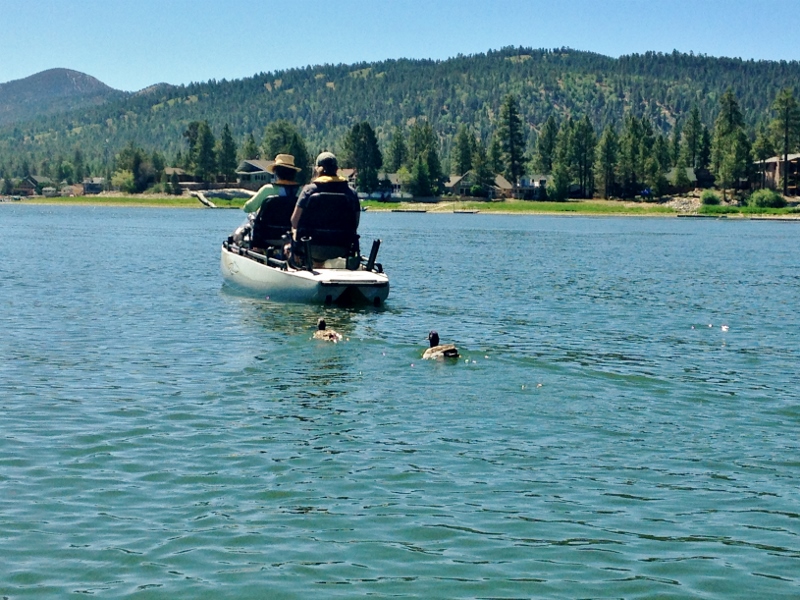

On a recent trip to Big Bear with the Outdoor Writers Association of California, I enjoyed life under the pines for a few days and listened to James Ramos, former Chairman of the San Manuel Band of Serrano Mission Indians and member of the San Bernardino County Board of Supervisors, recount the rich pre-gringo history of the valley and telling the traditional story about unique sacred site called auspiciously the Eye of God, or Aapahunane’t.
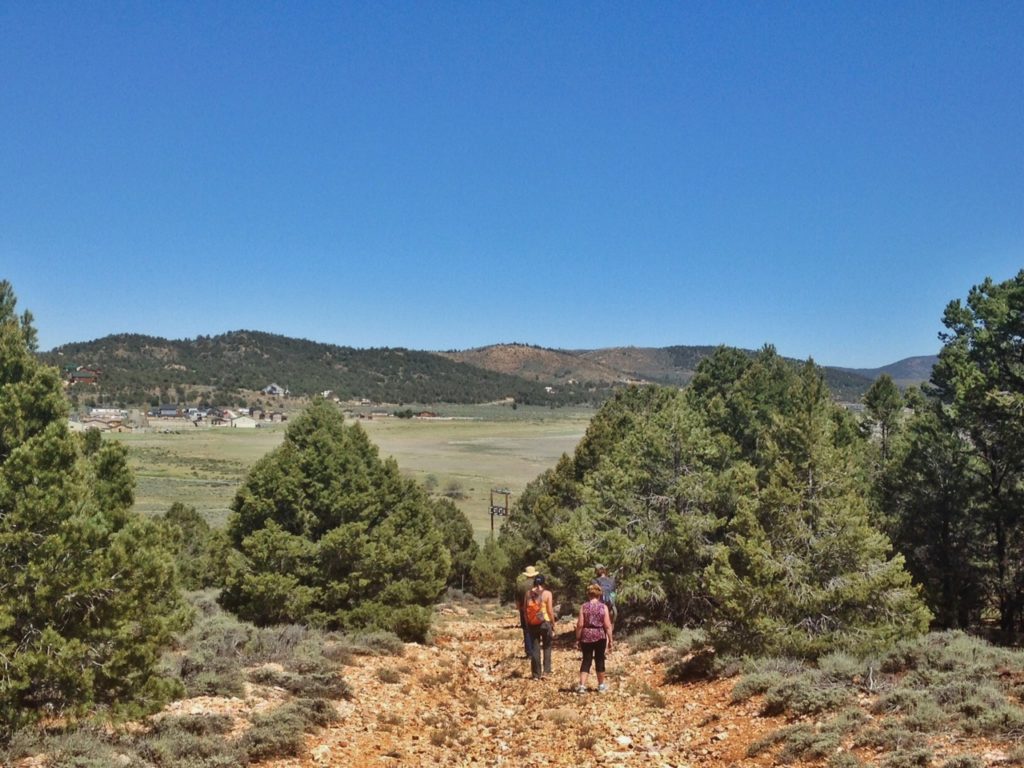

In the late 1800s, Spanish missionaries named the native people of Big Bear Serrano, meaning “mountaineer” or “highlander.” Since time immemorial, however, they called themselves the Yuhaviatam: the “People of the Pines.” In the mid-1800s, during the gold rush era, the San Bernardino Mountains were not exempt from the heedless greed, injustice and pestilence that precipitated a wholesale devastation of many California indigenous societies. Suffering disease and massacres at the hands of settlers, speakers of Serrano, a Uto-Aztecan language, decreased from around 1,500 (according to anthropologist Alfred Kroeber in 1923) to around half a dozen before more recent efforts to resuscitate the language and culture had occurred.
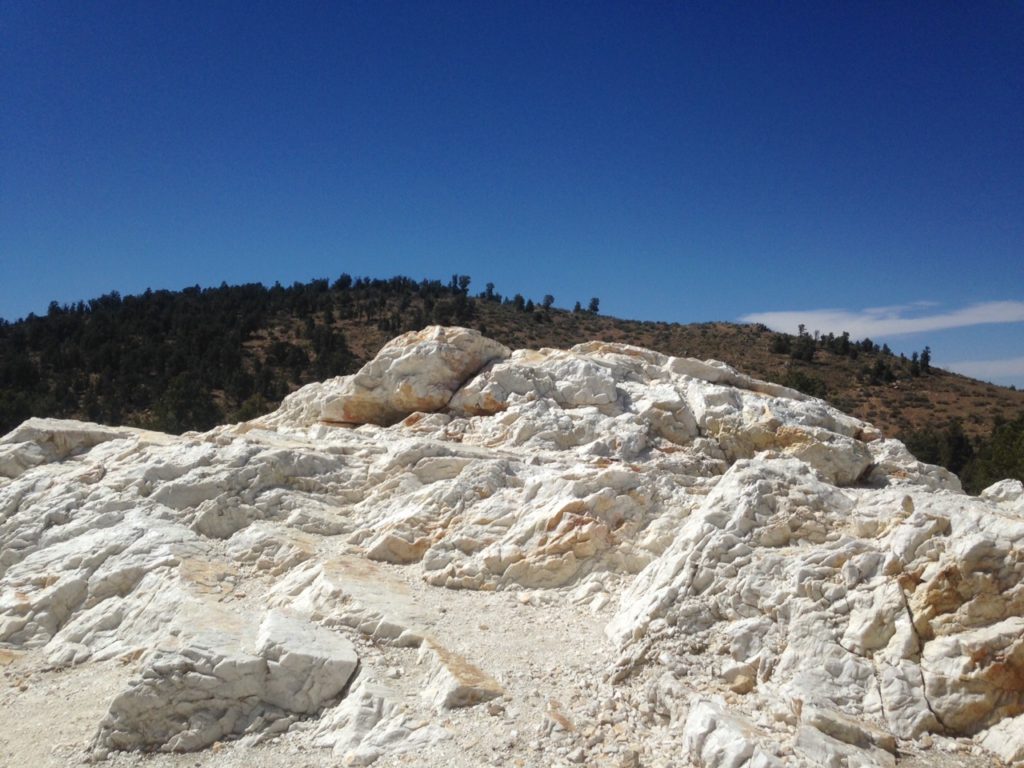

The sacred land formation called the Eye of God is a giant snow quartz megalith that once projected possibly dozens of feet from a hillside above Baldwin Lake near Big Bear. In a crowning blow, a desperate and deluded gringo gold miner endeavored to detonate the Eye of God in search of precious minerals, exploding the mountain of quartz into a small rock face that it is today. The Eye of God, still an impressive site, is located near the 156-acre Baldwin Lake Ecological Preserve, that includes a unique pebble plain plant community, as well as a vernal wet meadow habitat, significant as a wintering site for bald eagles.
The Big Bear Valley will always define the people of Santos Manuel. From the beginning the Yuhaviatam, who originate from the Big Bear Valley, would gather at Baldwin Lake to conduct cultural activities. To this day we, the Yuhaviatam, hold our annual camp in the Big Bear Valley revisiting our past to preserve it for the future. — James Ramos
STORY: Kuuchamaa: The Exalted High Place of the Kumeyaay
httpvh://youtu.be/GHfZxBg5Ux8
God’s Golden Eye, film by Ian James Murphy: For thousands of years, the Yuhaviatam People occupied the beautiful mountain landscape of Big Bear California. They revered a huge dome of pure snow quartz called “God’s Eye,” believing it to be the eye of their creator god Kruktat.
People of the Pines Creation Story and the Eye of God
In cultural stories, the Yuhaviatam Clan of Serrano Indians first came into being as a distinct people at the lovely Pine Place, or Yahaviat. Here is their creation story based on the one told by James Ramos, mixed with a version from Sarah Morongo Martin, collected and translated by Kenneth C. Hill in 1963 and published in the book Surviving Through the Days, A California Indian Reader (Edited by Herbert W. Luthin, U.C. Press).
In the beginning was darkness. Then there were two: Pakruktat and Kruktat. Kruktat sprang from his brother’s left shoulder. They were very powerful and made the animals. The brothers had an argument — Pakruktat created humans, but not in the form that Kruktat wanted. Pakruktat asserted that humans should have eyes on the back of their heads and have webbed feet. Kruktat thought that he was just being greedy, believing Pakruktat wanted to make webbed fingers so people wouldn’t drop food between their fingers.
It was Kruktat who ended up creating people as they are today.
The brothers quarreled until Pakruktat finally left. He opened up the Earth and now has to hold up the world as his punishment. When he slips and shrugs, the whole world shakes.
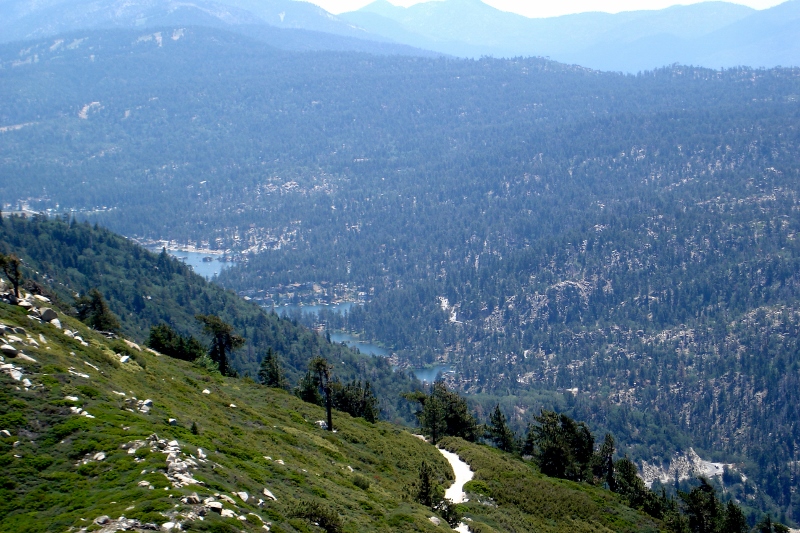

Kruktat remained here on the Earth with the people, and said to them: “When people die, they shall come back to the earth and be reincarnated.” But the people said, “If they come back, the world would fill up and there would be no room. We will get rid of Kruktat.”
They employed a powerful shaman to bewitch Kruktat. He watched and saw that Kruktat came out every night to defecate in the ocean. Therefore, he sent Frog to bite his excrement, which is a form of stealing his power. Kruktat heard that the excrement did not splash as it fell into the water, and knew that Frog was below. Now he knew he was going to die.
Kruktut fell ill and journeyed to the mountains, dying in a bear cave, tended by the First People. When Kruktat’s health did not improve, he told them to take him to Maktsuk, today called Pan Hot Springs, where he was bathed in the water by three human caretakers. He still did not get any better so he was brought to Mana’nka, the cold spring. There he got worse. Already he ate nothing. He was just short of dying and knew only two or three days remained. Finally he was carried to a place between the two springs, where Kruktat instructed the people to cremate him and protect his body from Coyote, who eats dead things, and there he died.
The people sent Coyote north on a false errand to bring wood to burn the body. After Coyote left, they hurried to burn Kruktat. Coyote was on the way back when he saw the smoke and knew that Kruktat was dead. “I will return to my father’s cremation!”
The people were dancing from side to side in a circle around Kruktat’s cremation pyre. They did not want Coyote to get through, for they knew he would try to eat Kruktat’s body. They protected the pyre until there was nothing left of Kruktat but his heart.
Pakuma, Captain Santos Manuel and namesake of the San Manuel Band, said that Coyote snuck through the bowed legs of the bear and snatched the heart in his mouth. The people hit Coyote, and as he ran into the mountains above Baldwin Lake, the dripping blood turned the rocky soil red. During the cremation, the eye of Kruktut flew out and became a large white quartz rock known as Aapahunane’t, or God’s Eye.
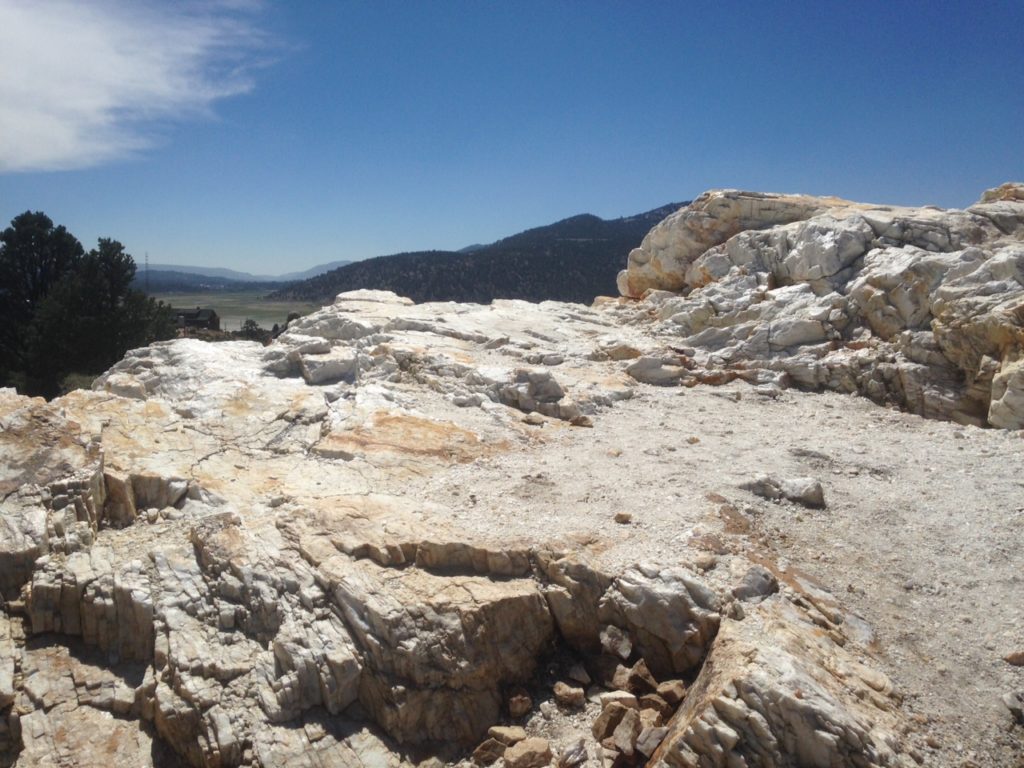

When the creator died the people mourned and their tears turned into pine trees, the area called Yuhaviat. The nuts from the trees became food for the Yuhaviatam, or People of the Pines. This is why the area around Baldwin Lake and the entire Big Bear Valley remains the most culturally significant area to the San Manuel Band today.
Thanks to the Big Bear Visitors Bureau, the Outdoor Writers Association of California, Bear Creek Resort, Lagonita Lodge, Chairman James Ramos, Third District Supervisor, San Bernardino County, Wine Room at Wolf Creek Resort, Snow Summit View Haus, and Hobie.

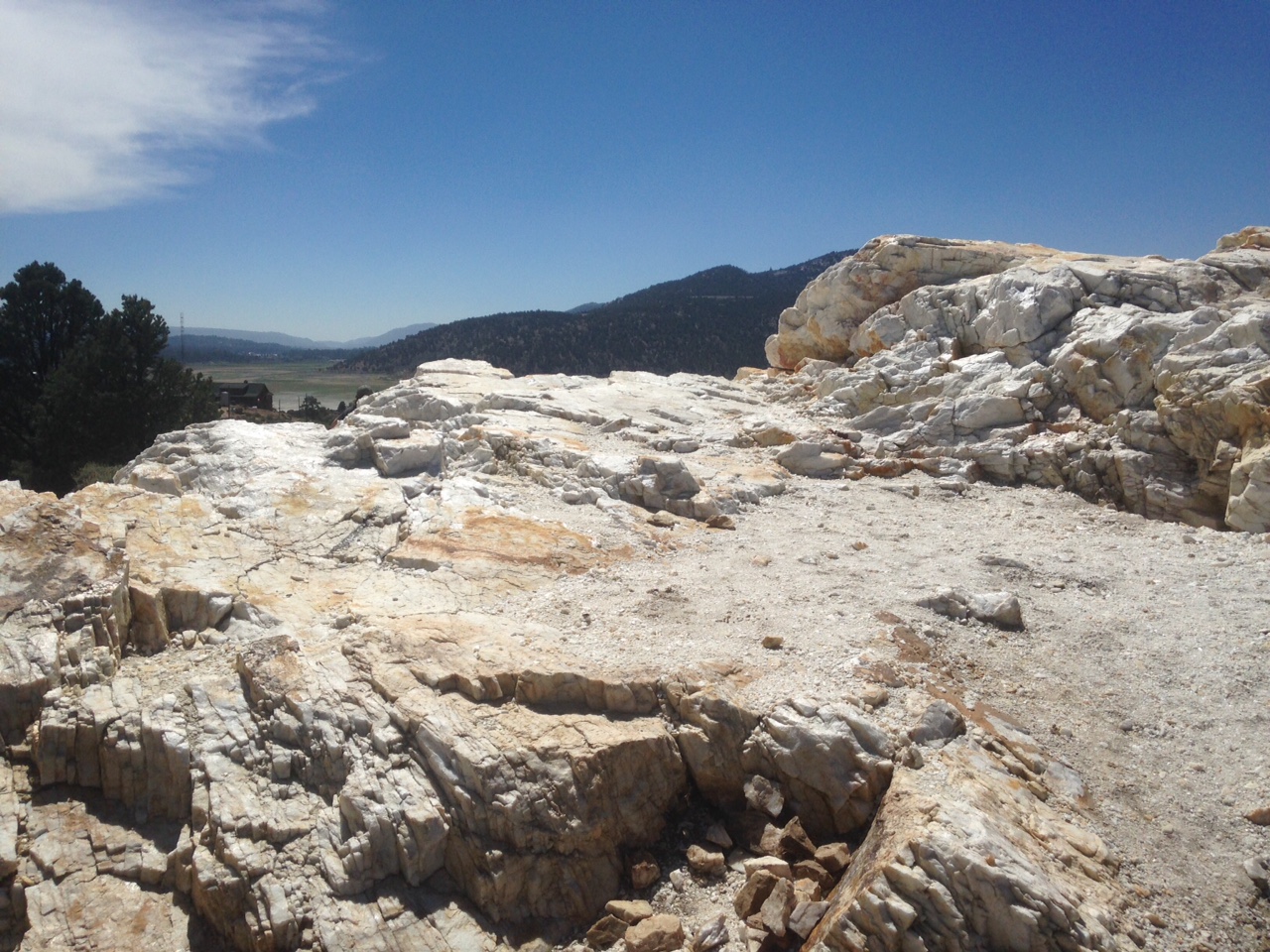


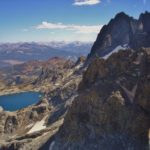
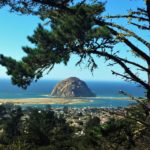
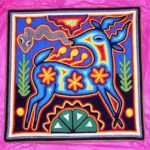
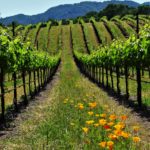






Pingback: Morro Bay Estuary and Its Nine Volcanic Sisters | WilderUtopia.com
Pingback: Wild Sonoma's 'Valley of the Moon' - Living with the Land | WilderUtopia.com